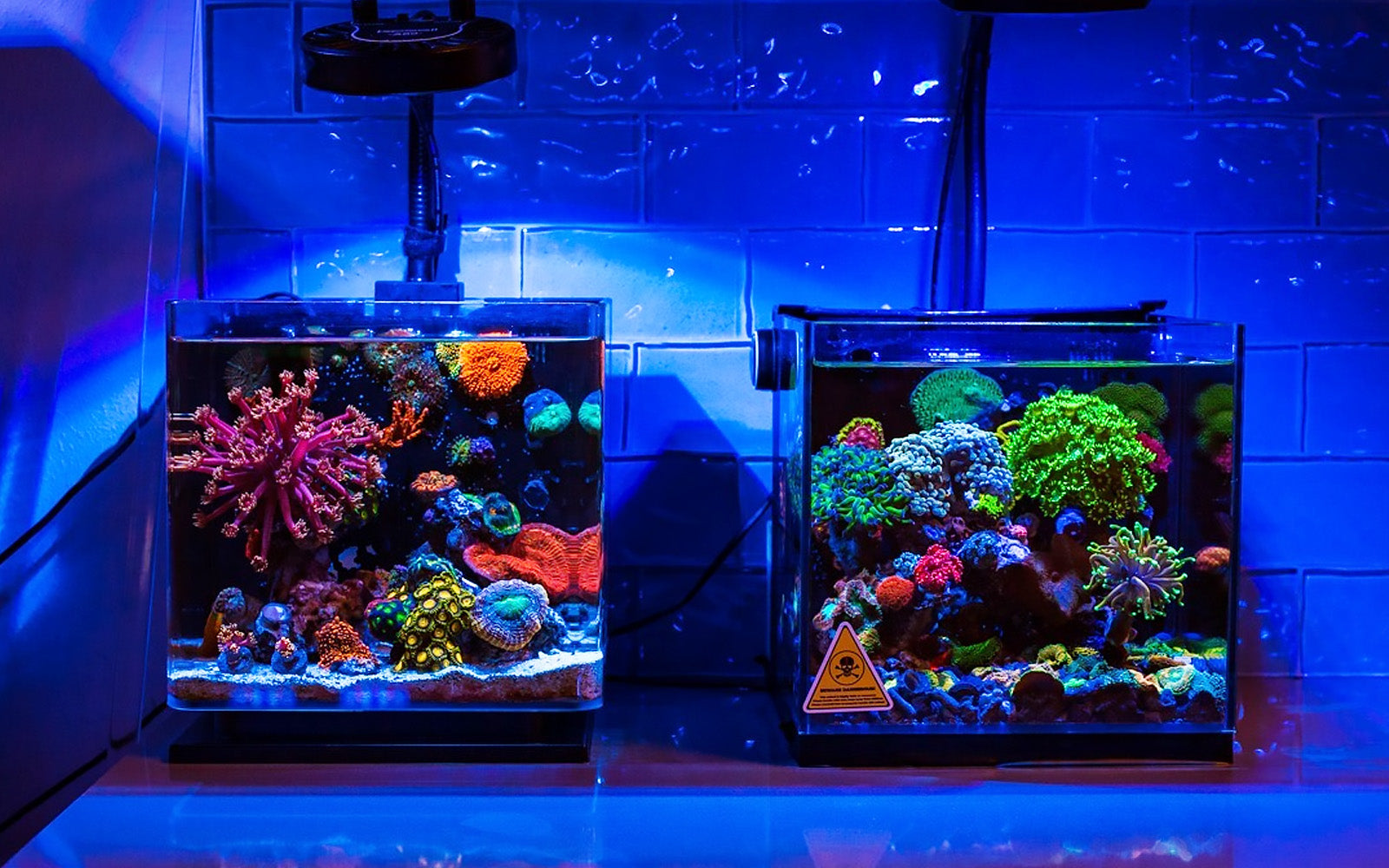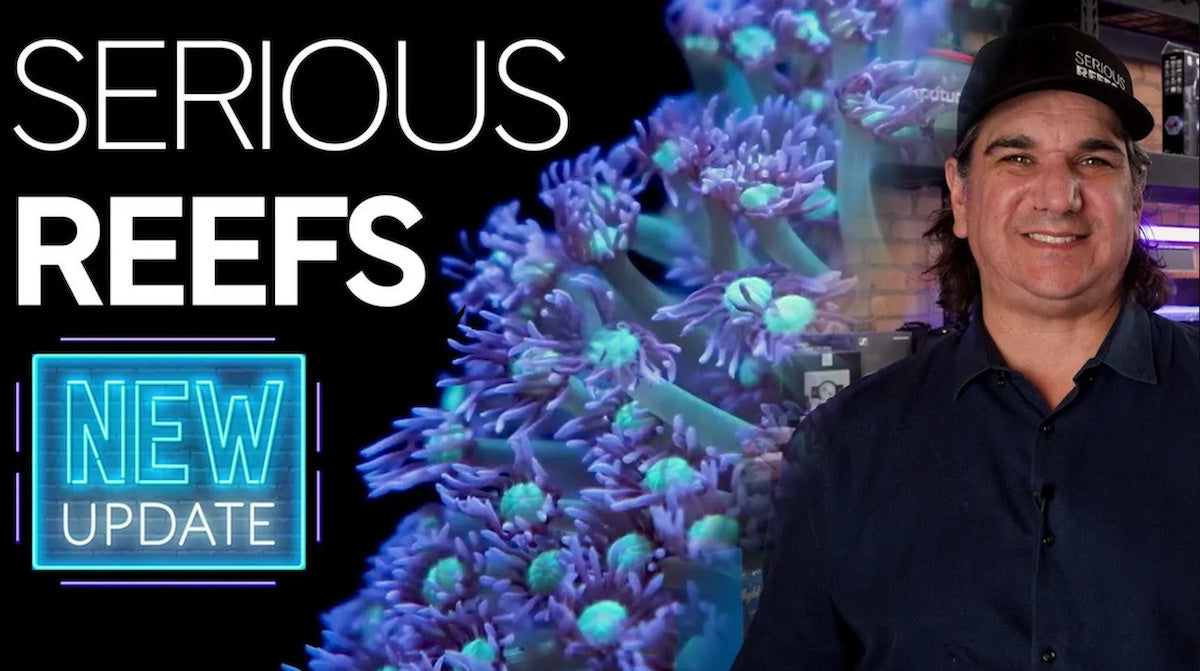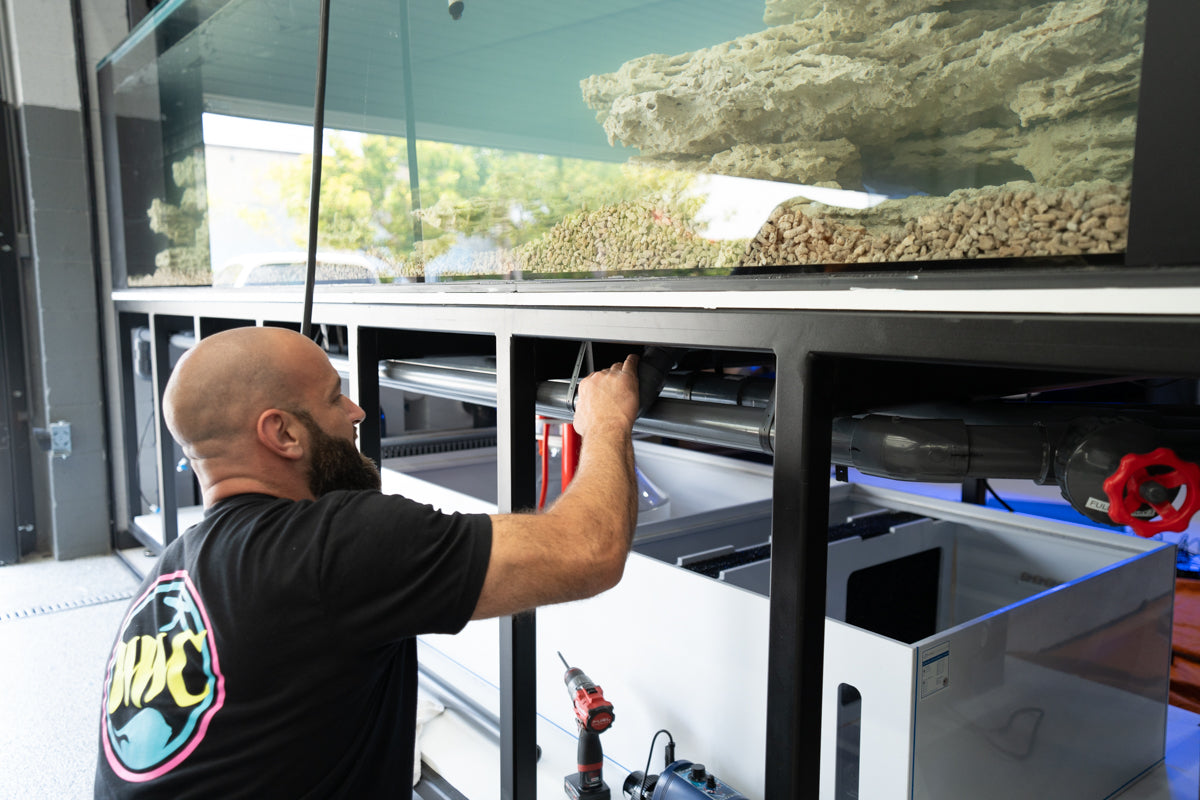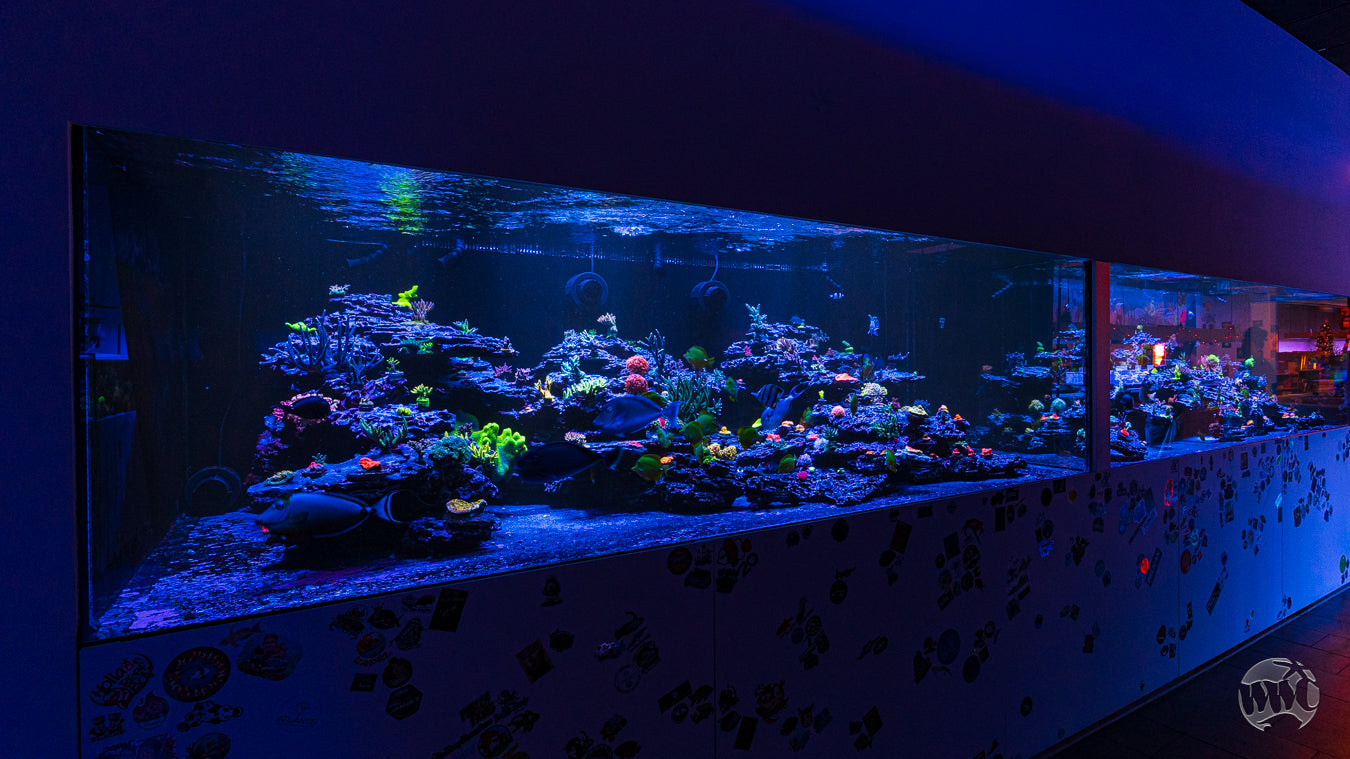Old tank syndrome is a collection of water quality problems that build up over time and can affect an environment’s ability to sustain life. For those who have had their aquarium for a longer period, old tank syndrome has become a very real possibility. Yet, even the most experienced tank hobbyists allow this condition to sneak up on them. When it does, it can hinder your ability to care for your organisms. These are some of the signs and symptoms of old tank syndrome and what to change in your maintenance patterns so you can prevent it in the future.
Increased Nitrates and Phosphates
Nitrates and phosphates are both substances left behind in fish waste. So, as more waste is allowed to accumulate over the months, it’s only natural that the levels of these chemicals would rise. However, they can both be poisonous to fish over time—making them a key indicator that your tank requires more cleaning. Nitrate and phosphate levels can also be kept down by increasing the percentage of the water changes you’re doing. The more water you replace, the larger the amount of these toxins you’re removing as well.
The Presence of Ammonia or Nitrites
If left to maintain itself, your tank water also may start to see increased amounts of ammonia or nitrites. These materials come from waste products as well, but they tend to be much more hazardous to your marine life. While a normally functioning tank has beneficial bacteria that can neutralize these threats, an aging tank environment doesn’t have such conditions. As such, if you’re noticing these substances during your water tests, it also means you should clean more often.
A Drop in Overall Tank pH
Another telltale sign and symptom of old tank syndrome is a recorded drop in the water’s pH level. The beneficial bacteria that keep ammonia levels in check require water that’s a pH of six or higher. But with the presence of fish waste, it can drop over time, allowing this toxic material to thrive. For this reason, you should immediately address the problem if your tests yield a pH lower than six.
The Quick Deaths of New Fish
Unfortunately, this is the indicator that aquarium builders often notice the most. This is because their current fish, who have gotten used to the new parameters, all appear to be fine, while any new additions succumb to the toxic levels of certain substances. But make no mistake, it isn’t the quality of the fish that’s the problem—it’s the tank itself.
Old tank syndrome isn’t something to be taken lightly. As such, it’s vital that you’re always aware of your water’s parameters and how to best eliminate problem materials. At World Wide Corals, we believe that we can help you with this. In addition to providing quality and durable corals for your saltwater aquarium, we also sell a collection of marine tank invertebrates that can live alongside them. These specimens are often very effective cleaners and will work with you to help keep some of the toxin levels down.




